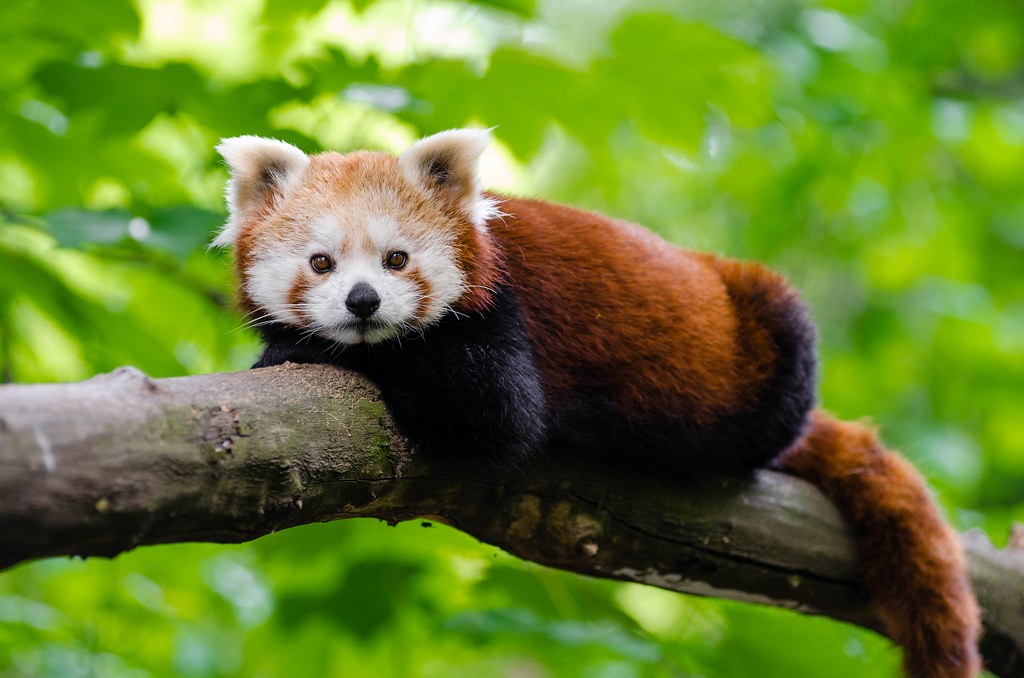Today is red panda awareness day. Many people are not particularly sure what a red panda is. Indeed, when I volunteered in a local zoo, I often found myself standing by the red pandas as so many visitors walk past without giving this little animal a proper look.

Although now considered the lesser panda, the Red panda was the original – indeed the giant panda was discovered later, and named because of similarities that they share. Panda is thought to come from the Nepalese words: “nigalya ponya” , which means bamboo eater.
Indeed, apart from the similarity in their face, as well as the fact that they come from the same part of the world and both eat bamboo, they actually do not have a great deal in common.

This shows that while a red panda is more closely related to bears than say dogs, (or cats which branch off shortly before this) there are other far closer relatives.
So how are red pandas doing in the wild? It is currently thought that about 10,000 red pandas live in the wild, with a downward trend. A the majority of their range is within protected areas. While giant panda conservation benefits red pandas, there are plenty of places that red pandas live without giant pandas. Furthermore, red pandas can happily take the position of keystone species. Effective conservation of red pandas would benefit many other species. While many of these are species that do well within giant panda reserves, their range could increase with good conservation of red pandas.
So the next time you go to the zoo and see a sign saying red panda, show some interest. These fascinating creatures are usually quite active and while they take plenty of rests, watching for a few minutes will usually reward you with some fascinating behaviour. Most importantly LOOK UP, they are very agile climbers and are usually high in the trees that any competent zoo has given them.
